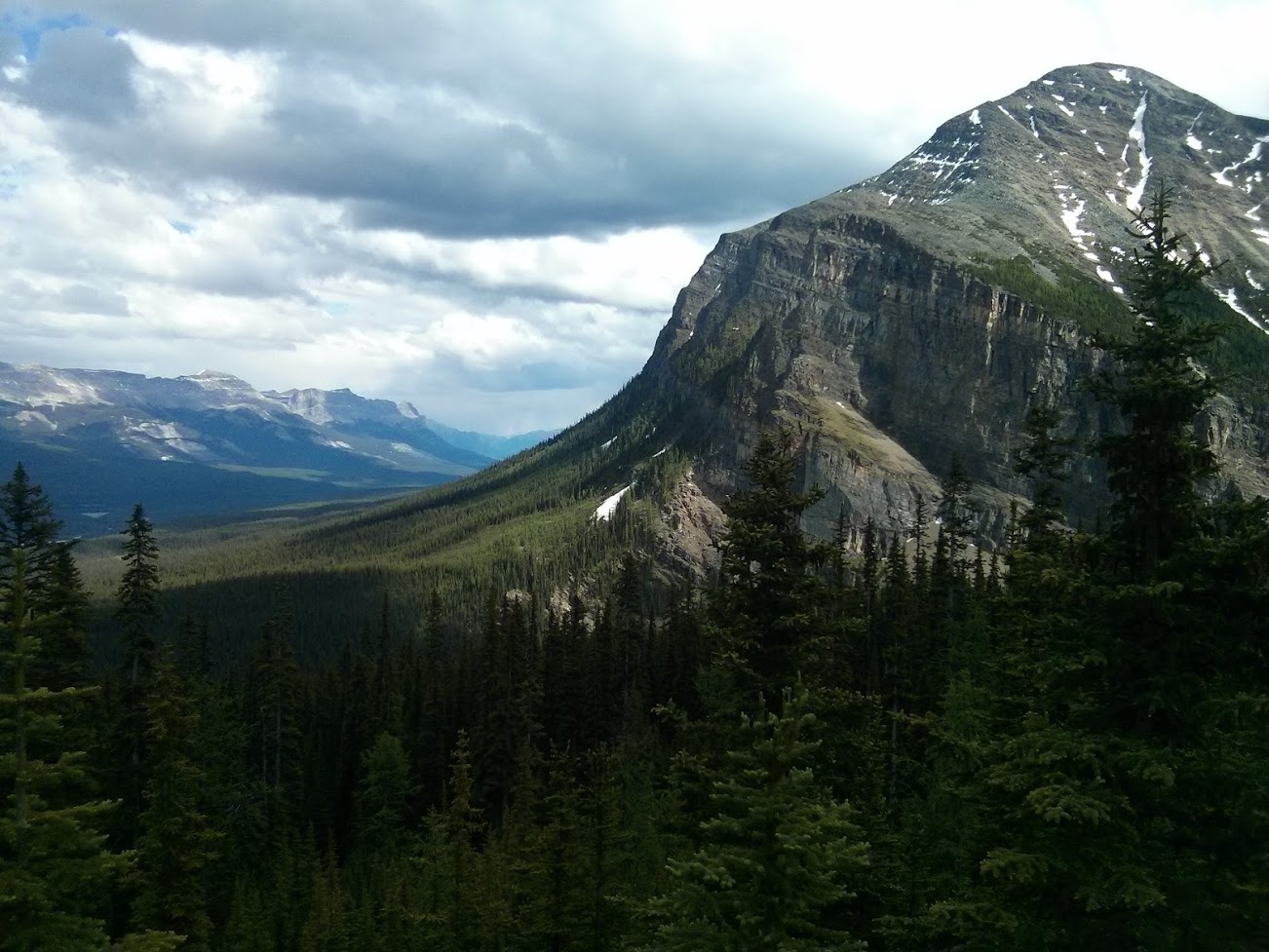
Uploaded on 2017-04-28 by Ian McGee
The First Image submitted is of downtown Calgary, Alberta Canada, the second is of the surrounding mountainous areas. There is generally a significant temperature difference between the two areas. in this case, the temperature of downtown Calgary was 21 degrees Celsius while the mountainous rural area was only 10 degrees Celsius. This is predominantly due to the modification of the land surfaces in the downtown example and the waste heat generated by the built infrastructure. Also, the solar reflectivity and lack of vegetation which are capable of absorbing heat and CO2 and providing shade in the built environment contribute to the UHI effect. As a preventative measure, I would suggest that: -more vegetation be added to the urban environments -surfaces other than asphalt or pavement be used -less glazing be used in the buildings (solar radiation is reflected down to the street level and accumulates) -Green parking lots be created - By making the city more pedestrian friendly there will be less reliance on cars which will decrease the GHG production, mean less paved surfaces are needed, and allow for vegetated walking areas As far as I am aware, there are currently no measures implemented at a municipal level to combat the UHI effect.